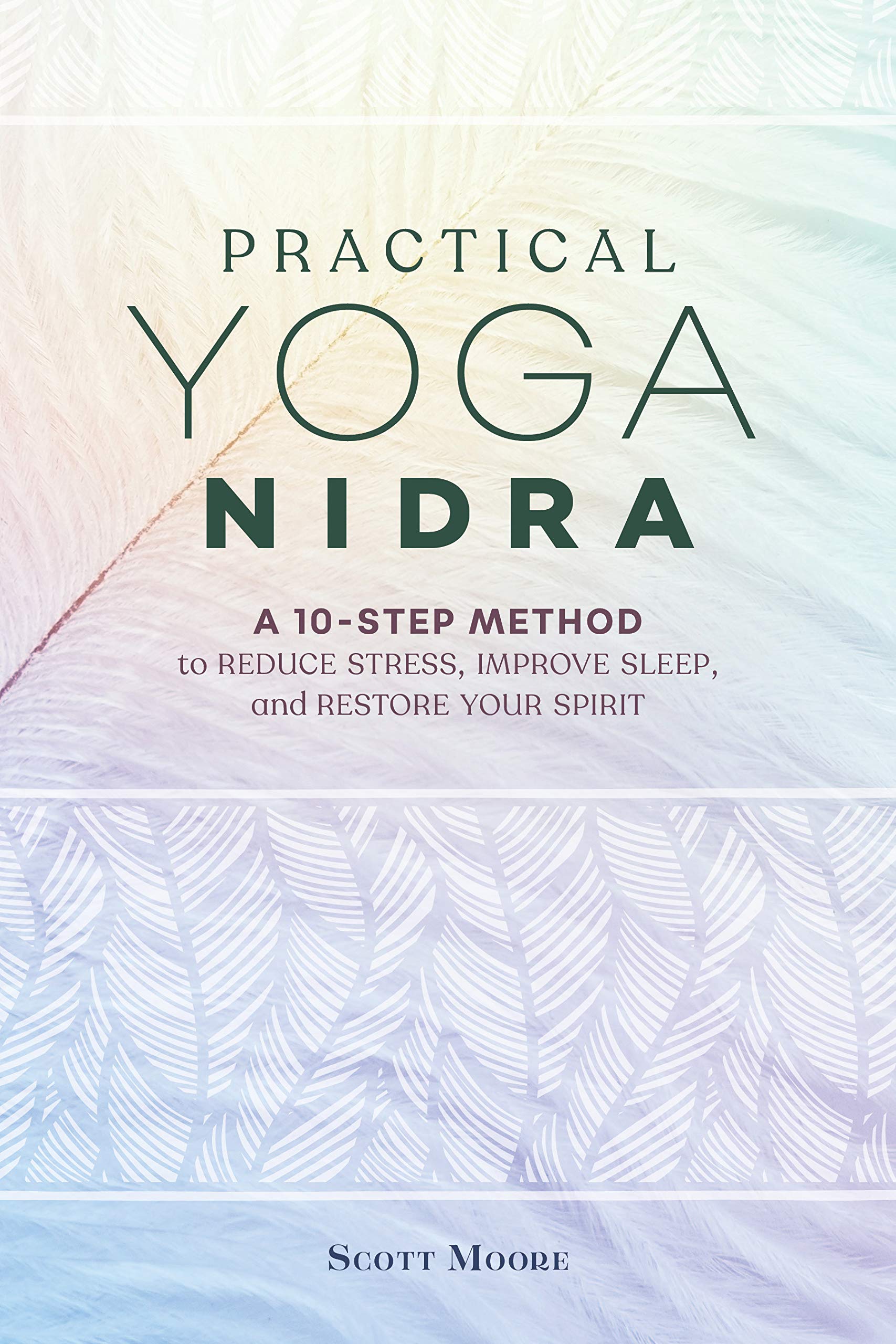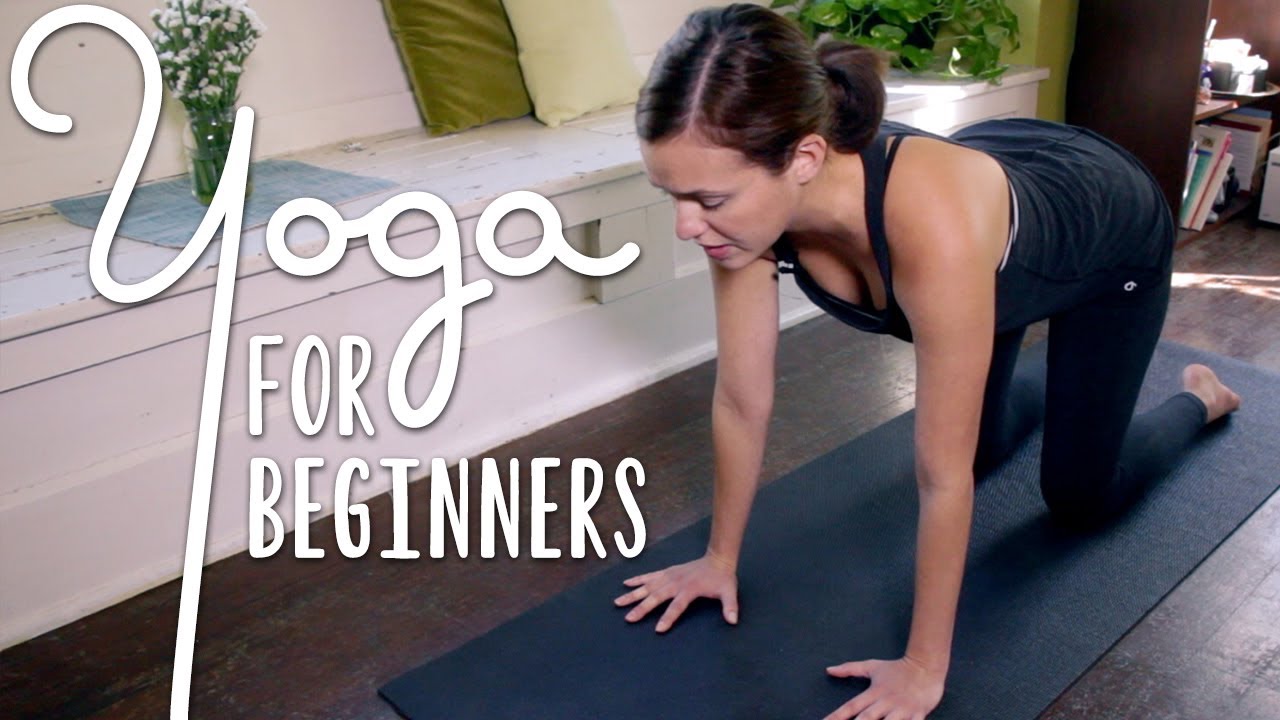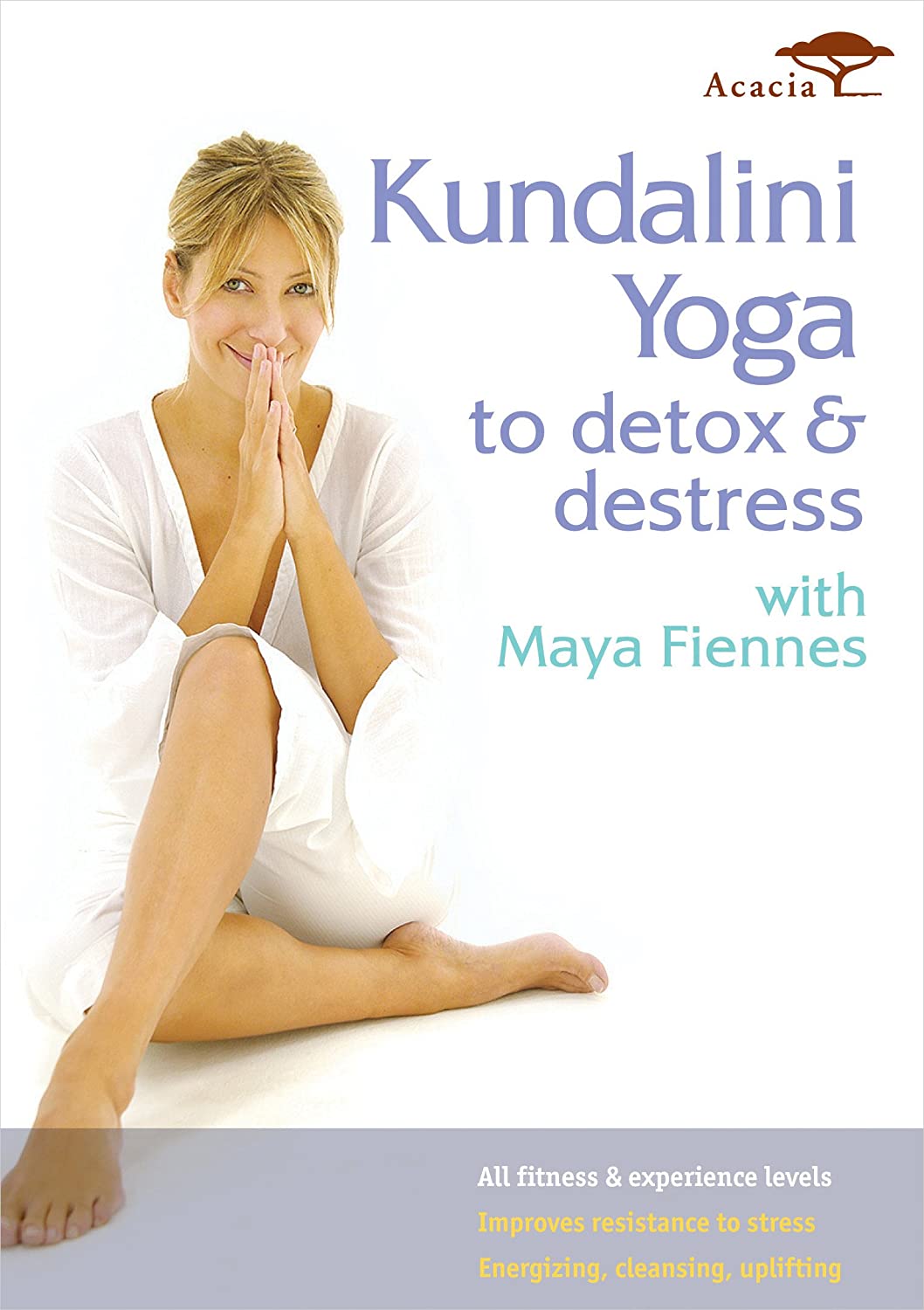
The safety of your body is one of the most important aspects of yoga. To avoid injury, you should stretch often and listen to your body while performing asanas. Avoid straining and jerking to attain asanas. To relax your body and mind, you can practice after class.
Stretch frequently to reduce the risk of injury
Stretching can help reduce injury by stretching frequently. This will make them less susceptible to injury during exercise. It is important to keep your stretches in place for at minimum 20 seconds. This will keep the muscles still and prevent them from bouncing.
Yoga requires that you have a balance of flexibility and strength. Over-stretching can result in injury, or worsening an existing injury. Yoga classes come in a variety of intensities, from intense stretching to gentle physical workouts. You can reduce your risk of injury by choosing the right class for you and practicing stretches regularly to avoid injury.

Pay attention to what your body is telling you
Yoga is all about listening to your body. This means respecting your limits and not letting your ego or ambition dictate how deep and how far you can push yourself. You should pay attention to your body when practicing yoga poses, especially if you are in a new position, or trying a difficult one. You can use your body's "edge" as a guideline. Your edge is where you can express your best in a pose. This will vary depending on many factors.
If you are experiencing pain or not seeing the results you desire, it might be necessary to change a pose. It is possible to end up causing more harm than you did when you ignore your body's signals. This is especially true when you take yoga classes which are intended to be challenging.
To achieve asana, don't strain or jerk.
Be sure to align your body properly when you do asanas. It's important to not strain or jerk your way to a desired pose. Instead, keep the motion fluid and relaxed. Do not strain or jerk your way to Bridge Pose. This can cause back discomfort.
Muscle fascia, the third connective tissue which affects flexibility, is the second. It makes up almost 30% of a muscle's mass and is responsible for around 41% of its resistance. It helps to separate individual muscle fibers and create bundles that transmit force. When practicing Paschimottanasana, for example, it's important to remember not to strain or jerk to achieve asana.

Practice after class to relax
You can unwind after your yoga class by reading. Reading can help you relax, while also ignoring stress and keeping your mental state in check. It's especially helpful if you're practicing yoga in a drafty room. You'll feel great after yoga.
Most yoga classes emphasize stress relief and strengthening the muscles. Although this is beneficial for the body, it can also be tiring. Restorative poses are slow movements that combine props and yoga. These yoga poses can be held for longer which allows the practitioner to relax their mind and body.
FAQ
I already do some kind of physical exercise. Do I still have the potential to benefit from yoga?
Yes! Yes! Yoga can improve your training results, even if you're not very active. Combine yoga with other fitness activities such as running or cycling, or lifting weights to get better results.
This is because yoga helps you focus on proper breathing techniques, which help you burn calories faster.
It can also increase your endurance. Yoga can be enjoyed by all levels of yoga, beginner to advanced.
What foods should I avoid after practicing yoga?
Avoiding certain foods may reduce your energy levels. It can cause you to feel gassy or cramps in your stomach. It is possible to feel tired from practice and want to eat light, nutritious food.
Is yoga a good option for pain management?
Chronic back pain sufferers may find yoga to be a good treatment. It can help them increase flexibility, balance and strength as well as reduce stress levels.
Before you start a yoga program, make sure to consult your doctor.
How much yoga is enough?
It is important to understand that yoga is not a form of sport. There are no limits to the number of times you should practice before you feel tired. Instead, you should enjoy the experience and slow down.
Do not worry if your steps slip once in awhile. Don't worry if you lose your way once in a while.
Yoga is a great way to get started if you're just starting out. Start with short sessions that last 10 to fifteen minutes, and then work your ways up.
Statistics
- Start your Fall off right with 20% off All Access Membership when you sign up by 9/25! (corepoweryoga.com)
- A 2020 review of 27 studies (1,805 total participants) of yoga interventions in children or adolescents found reductions in anxiety or depression in 70 percent of the studies, with more promising results for anxiety. (nccih.nih.gov)
- About one in seven U.S. adults practiced yoga in the past 12 months, according to a 2017 national survey. (nccih.nih.gov)
- Gentle yoga has been shown to ease some of the discomforts of tender, swollen joints for people with arthritis, according to a Johns Hopkins review of 11 recent studies. (hopkinsmedicine.org)
- In comparison, a 125-pound person is estimated to burn 135 calories in 30 minutes of walking (at a pace of 15-minute miles) and 210 calories bicycling at a moderate pace on a stationary bike. (everydayhealth.com)
External Links
How To
What can yoga do for your menopause symptoms
Yoga is an ancient tradition that originated from India. It emphasizes stretching, breathing, and meditation. It has been used to stay fit for thousands upon thousands of years. It is becoming increasingly popular as people look for ways to stay fit and healthy in times of stress and illness.
Yoga is about using physical positions (asanas), to strengthen muscles, improve posture, and increase flexibility. This helps to reduce tension and build strength.
There are several types of yoga. Each type of yoga focuses on a specific aspect of the body such as breathing, stretching and relaxation.
All forms and types of yoga seek to attain balance within the body, mind and spirit. Yoga has many benefits, including improved fitness, weight loss, improved sleep quality, energy levels, and reduced stress.
Numerous studies have shown that yoga is beneficial for conditions like anxiety, depression, or insomnia. However, evidence is lacking to show that yoga has any effect on other health issues like menopausal symptoms.
As well as helping you feel healthier and happier, yoga teaches you how to relax and manage stressful situations - skills that could be helpful when dealing with menopause.
Yoga can cause muscle soreness, so it is important to start at a low intensity level. If you have concerns about your current condition or are unsure whether you would benefit from yoga, speak to your doctor before starting.